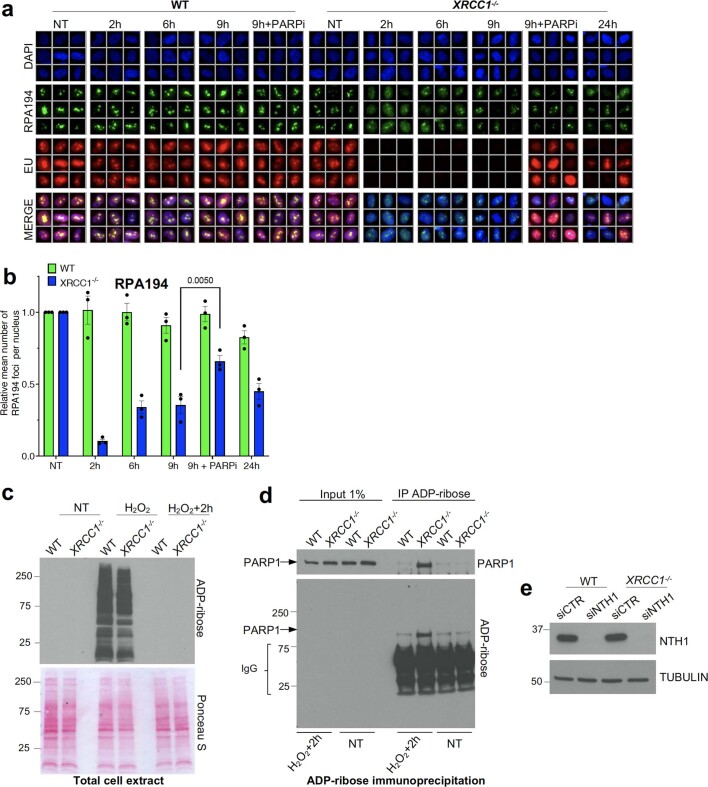Extended Data Fig. 6. Persistent PARP1 activation on the BER intermediates is a source of toxic PARP1 activity.
a, Representative images of the RNAPI foci (RPA194) and levels of global transcription (EU Immunofluorescence) in WT and XRCC1−/− RPE-1 cells following mock treatment or at the indicated times after treatment with 250 μM H2O2 for 5 min. b, Quantification of the RNAPI foci (RPA194) shown in (a). Data are means (±s.e.m.) of three independent experiments, and statistically significant differences were determined by two-way ANOVA with Sidak’s multiple comparisons test (p values are indicated). c and d, Immunoblot of PARP1 and/or ADP-ribose levels in total cell extract (panel c) and following ADP-ribose immunoprecipitation (panel d) prepared from WT and XRCC1−/− RPE-1 cells following mock treatment or at 2 h after treatment with 250 μM H2O2 for 5 min. Representative blots from one of three independent experiments are shown. e, Immunoblot of NTH1 in WT and XRCC1−/− RPE-1 cells treated for 72 h with 10 nM siRNA against NTH1. A representative blot from one of two independent experiments is shown.

